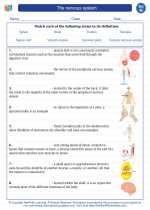Cellular Physiology
Cellular physiology is the study of how cells function and the mechanisms that allow them to maintain homeostasis and respond to changes in their environment. It involves understanding the complex processes that occur within cells, including metabolism, transport of molecules, and communication between cells.
Key Concepts in Cellular Physiology
- Cell Structure: Understanding the different organelles within a cell and their functions, such as the mitochondria for energy production and the endoplasmic reticulum for protein synthesis.
- Cellular Metabolism: Exploring the processes of cellular respiration, glycolysis, and the role of ATP in providing energy for cellular activities.
- Cellular Transport: Examining how molecules move in and out of cells through processes such as diffusion, osmosis, and active transport.
- Cell Signaling: Understanding how cells communicate with each other through signaling molecules and receptors, and the role of signal transduction pathways in cellular responses.
- Cellular Homeostasis: Exploring how cells maintain a stable internal environment despite external fluctuations, including the role of feedback mechanisms and regulatory processes.
Study Guide for Cellular Physiology
To effectively study cellular physiology, students should focus on understanding the following key areas:
- Cell Structure: Learn the functions of major organelles within a cell, such as the nucleus, mitochondria, endoplasmic reticulum, and Golgi apparatus.
- Cellular Metabolism: Understand the processes of cellular respiration, including glycolysis, the Krebs cycle, and oxidative phosphorylation, as well as the role of ATP in energy transfer.
- Cellular Transport: Study the different mechanisms of molecular transport, including passive transport (diffusion, osmosis) and active transport (sodium-potassium pump, endocytosis, exocytosis).
- Cell Signaling: Explore the concept of cell signaling, including the types of signaling molecules (hormones, neurotransmitters) and the pathways involved in cellular response to external stimuli.
- Cellular Homeostasis: Understand how cells maintain homeostasis through mechanisms such as negative feedback loops, and the role of cellular regulation in preventing disruptions to internal balance.
Additionally, students can use visual aids such as diagrams and animations to better understand the processes occurring within cells. Practice questions and quizzes can also help reinforce understanding of cellular physiology concepts.
By focusing on these key areas and utilizing effective study strategies, students can develop a comprehensive understanding of cellular physiology and its importance in biological systems.
.◂Science Worksheets and Study Guides Eighth Grade. The nervous system
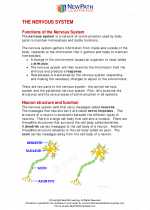
 Worksheet/Answer key
Worksheet/Answer key
 Worksheet/Answer key
Worksheet/Answer key
 Worksheet/Answer key
Worksheet/Answer key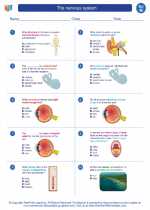
 Vocabulary/Answer key
Vocabulary/Answer key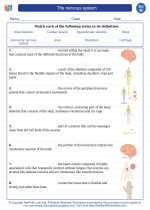
 Vocabulary/Answer key
Vocabulary/Answer key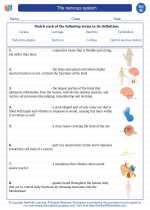
 Vocabulary/Answer key
Vocabulary/Answer key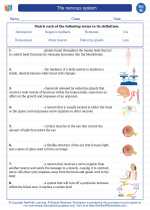
 Vocabulary/Answer key
Vocabulary/Answer key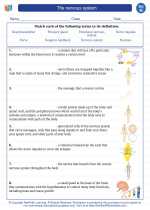
 Vocabulary/Answer key
Vocabulary/Answer key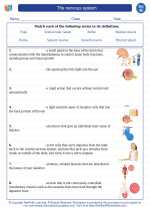
 Vocabulary/Answer key
Vocabulary/Answer key